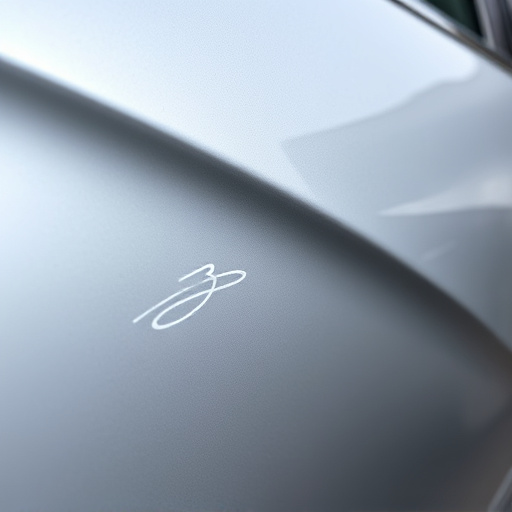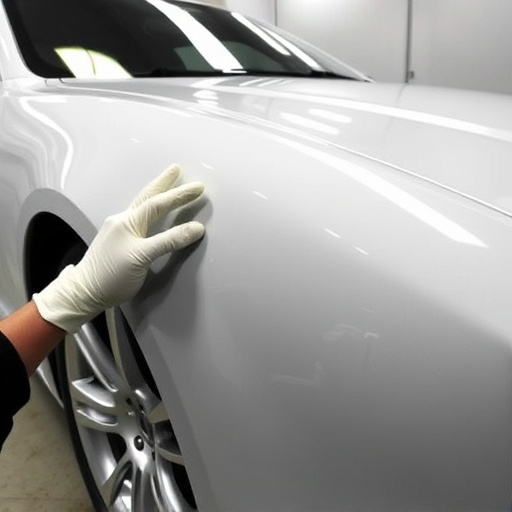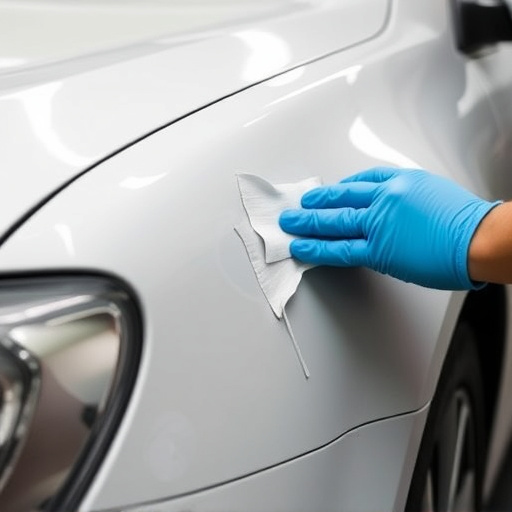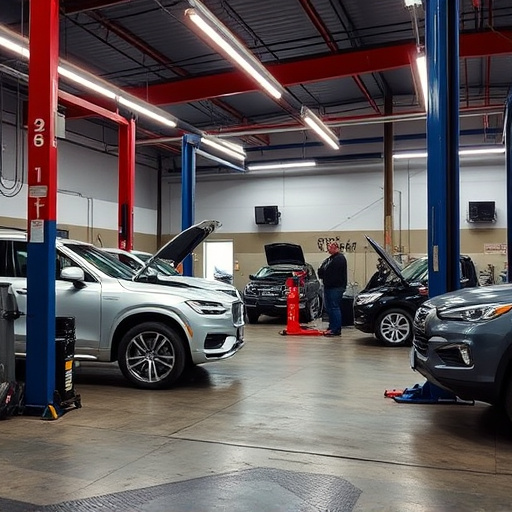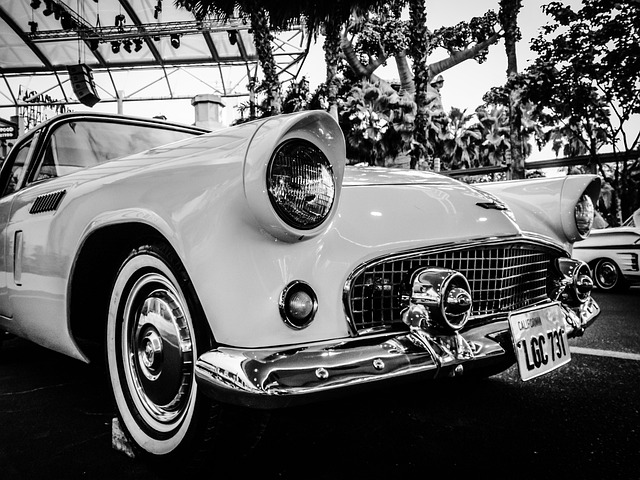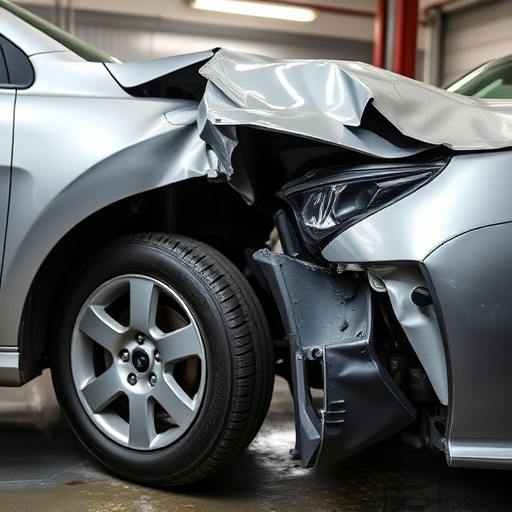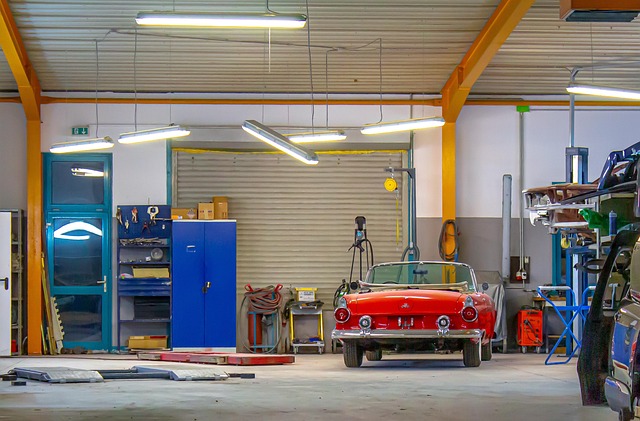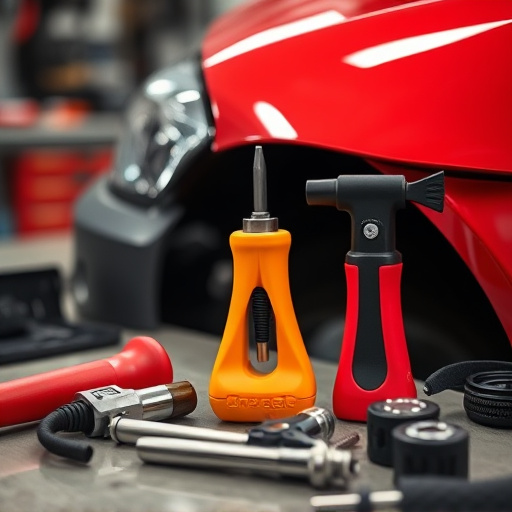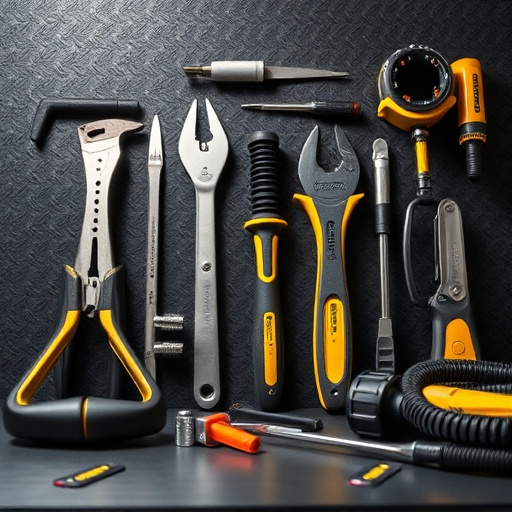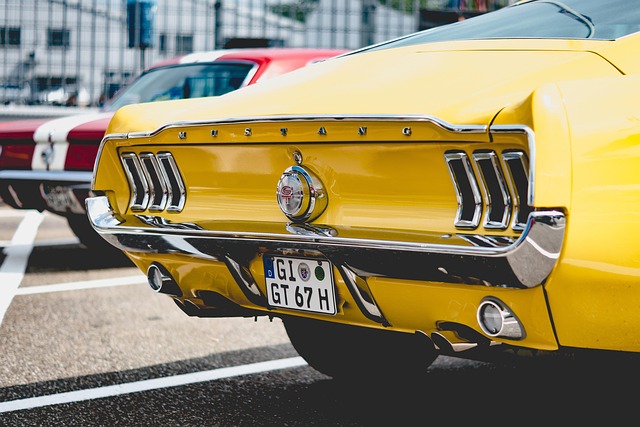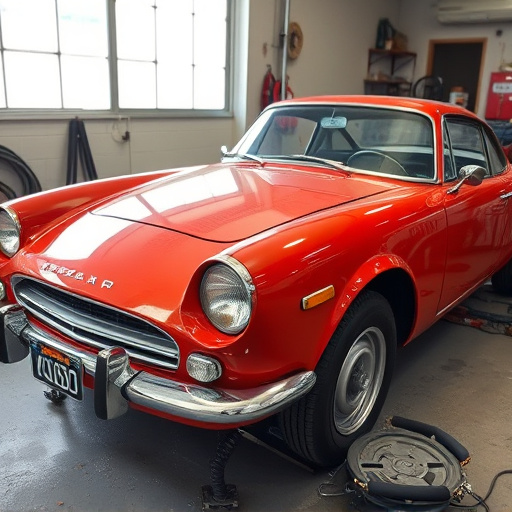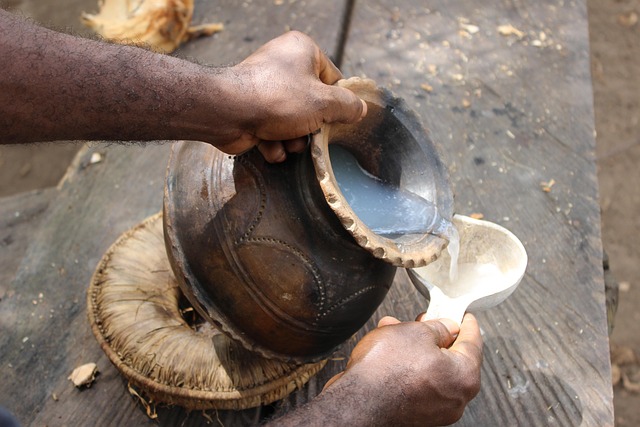The evolution of wagon design has significantly impacted the automotive repair industry, increasing complexity with modern sleek lines and advanced features. Skilled technicians now employ innovative techniques like Paintless Dent Repair (PDR) to restore wagons' original condition efficiently, minimizing damage evidence and enhancing resale value. Wagon body repair, popular since mid-20th century, continues to shape modern collision repair practices, emphasizing both cosmetic and structural integrity.
Wagon body repair has left an indelible mark on the auto repair industry, revolutionizing how vehicles are serviced and maintained. The evolution of wagon design, with its unique construction and features, necessitated innovative repair techniques. This article explores the transformation wagon body repair brought about, from advanced welding methods to specialized equipment, ultimately shaping the modern auto service landscape. Discover how this niche sector became a game-changer, impacting not just wagon owners but the industry at large.
- The Evolution of Wagon Design and Its Impact on Repair
- Innovations in Wagon Body Repair Techniques
- Transforming the Auto Service Industry: Wagon Repair's Legacy
The Evolution of Wagon Design and Its Impact on Repair
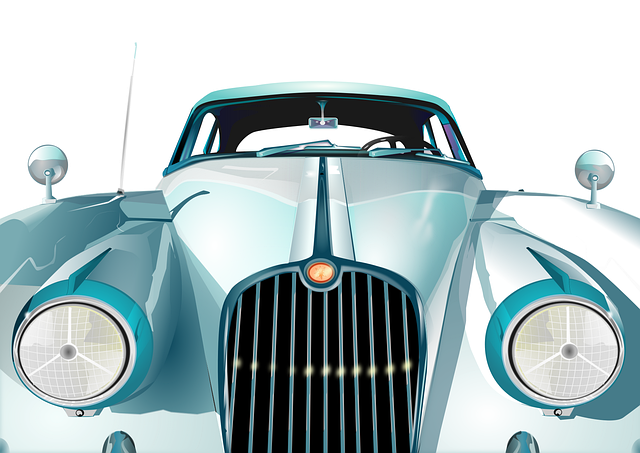
The evolution of wagon design has significantly impacted the automotive repair industry, particularly with regards to wagon body repair. In the past, wagons were characterized by their boxy, utilitarian designs, focusing on practicality and cargo space over style. These early models had relatively simple paneling and few intricate curves, making repairs more straightforward. Mechanics could quickly replace or fix damaged parts without delving into complex structural adjustments.
As wagon design evolved to incorporate sleeker lines, curved bodies, and aerodynamic shapes, the complexity of wagon body repair also increased. Modern wagons often feature intricate panel designs, sophisticated trim, and advanced safety features that require specialized skills and tools for effective repair. This shift has driven the demand for skilled technicians and advanced auto detailing and automotive repair techniques to ensure these beautiful yet complex vehicles are restored to their original condition.
Innovations in Wagon Body Repair Techniques
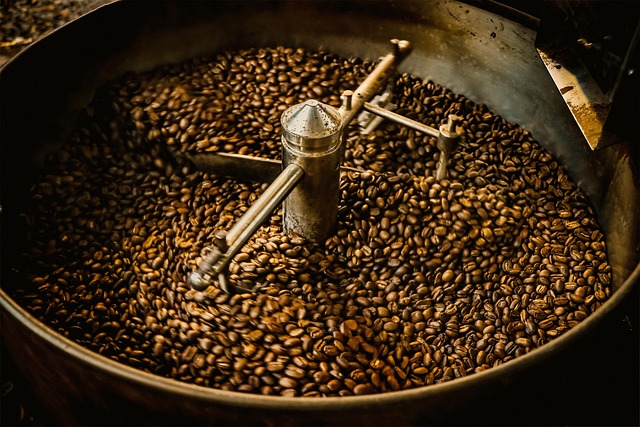
The evolution of wagon body repair techniques has been a game-changer for the auto repair industry. Traditional methods involving manual labor and time-consuming processes have given way to innovative, efficient, and precision-based approaches. Today, repairs that once required extensive bodywork and paintwork can often be accomplished with advanced tools and techniques, minimizing disruption to the wagon’s original finish.
One notable innovation is the rise of paintless dent repair (PDR), which has revolutionized car scratch repair and auto detailing. PDR techniques enable technicians to remove dents and scratches without sanding or repainting, preserving the vehicle’s original aesthetic. This method has not only increased efficiency but also reduced costs for both repairs and maintenance. As a result, wagon owners can enjoy restored vehicles with minimal evidence of previous damage, enhancing their overall appearance and resale value.
Transforming the Auto Service Industry: Wagon Repair's Legacy
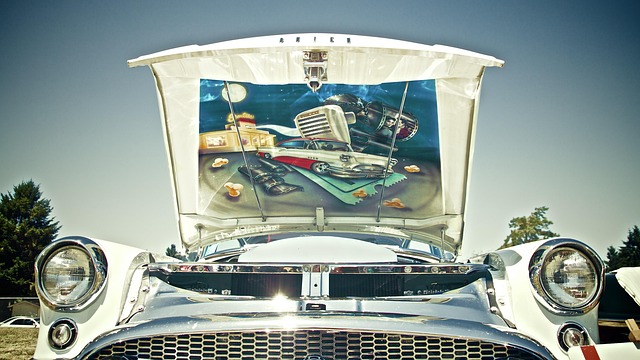
Wagon body repair has left an indelible mark on the auto repair industry, transforming it into a more specialized and advanced field. This shift began with the increasing complexity of vehicle designs, particularly in the mid-20th century when wagons became popular. As these vehicles introduced new structural challenges, the need for skilled technicians capable of handling intricate wagon body repairs grew. This sparked a movement towards more precise and methodical approaches to auto frame repair, setting the stage for collision repair shops to evolve and adapt.
The legacy of wagon body repair extends beyond its historical impact. It has influenced modern collision repair practices by emphasizing the importance of precision and structural integrity. Today’s auto service industry benefits from these early innovations, ensuring that repairs are not just cosmetic but also safely restore vehicles to their optimal structural condition. This commitment to quality sets the bar high for collision repair shops, driving them to continuously improve and innovate in their field.
Wagon body repair has indelibly marked the evolution of the auto repair industry. From the intricate designs of past models to the innovative techniques employed today, this specialized field has not only ensured the longevity of wagons but also revolutionized service standards across the board. As we look ahead, the legacy of wagon repair continues to shape the industry, emphasizing precision, adaptability, and a commitment to enhancing vehicle restoration and customization.
